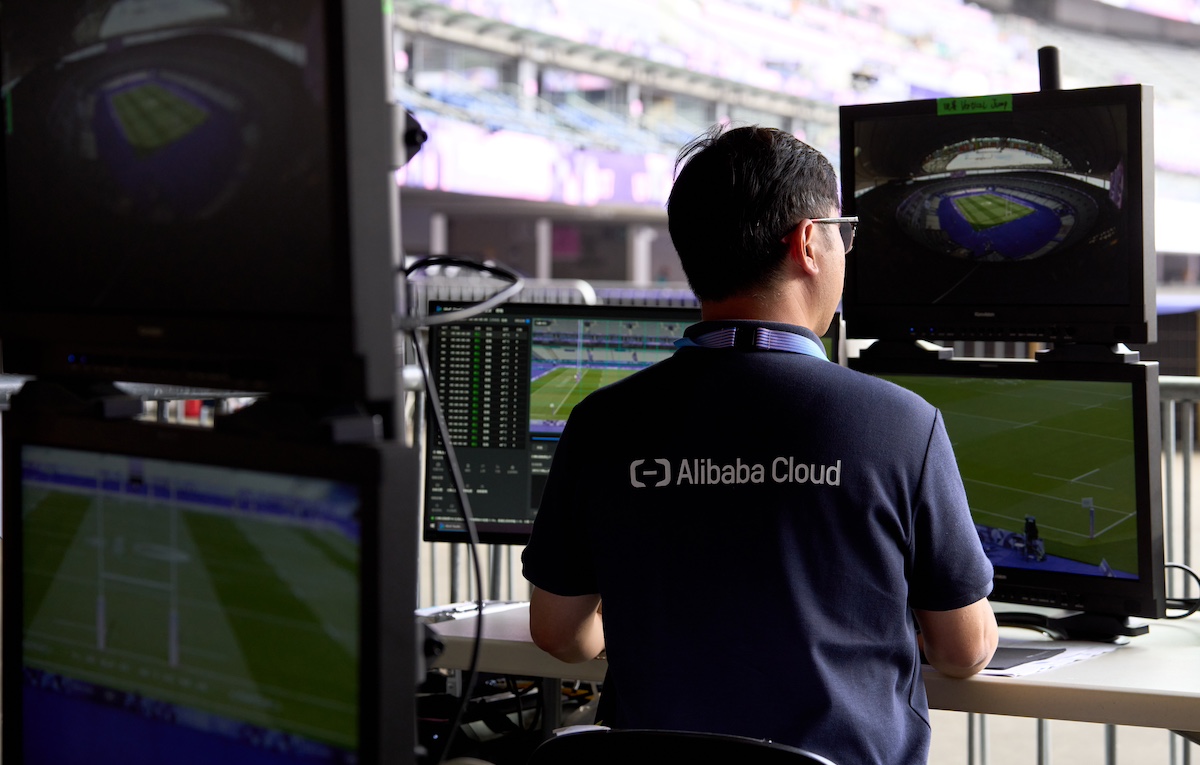Disclaimer: Opinions expressed below belong solely to the author.
As a Malaysian, visiting relatives in Malaysia during holidays or festivals is kind of a big thing. Every year, we sit down and consider which public holidays present the best opportunities for travel and to meet up.
Suffice to say that if there’s a long weekend in sight, I’ve probably already packed. Yet, on more than one occasion, I came to realise something unique about travelling within Malaysia.
In Singapore, we have cards for everything: there are EZ-Link cards for transport, NETS cards for retail payments, and cashcards for parking payment and crossing Electronic Road Pricing (ERP) gantries.
But in Malaysia, there is one card to rule them all — my identity card, also known as a MyKad. This card is used everywhere: at toll plazas to pay for tolls, carparks to pay for parking, and even at retail shops to pay for purchases like bubble tea.
When compared to the pink IC, Malaysia’s MyKad seems like a supercard. Instead of carrying around a card with little functionality, Malaysians get a card that we almost certainly cannot leave home without.
So why doesn’t Singapore have a card that matches such functionality?
Singapore isn’t behind; we just have a different medium
As it turns out, asking why Singapore doesn’t have a card that does everything may be the wrong question to start with. Both Singapore and Malaysia do need a medium for their government technology integration, after all.
But while Malaysia has chosen to increase the functionality of MyKad, Singapore has gone all in on the smartphone as the medium of choice.
In Singapore, the Singpass app has probably helped us more than we realised. At the start of the COVID-19 pandemic, we used the Singpass app to sign in for SafeEntry for contact tracing, until the TraceTogether app was developed.

Working adults will also recognise that Singpass essentially holds our personal information and shares it with any government websites that we allow it to. Paying your taxes every April would be far more troublesome if Singpass does not autofill your information for you.
Furthermore, physical cards in Singapore are going to be made even less necessary, with all our cards being digitalised and put in the Singpass app.
The smartphone, as a medium for the Singpass app, has become a platform through which the government reaches Singaporeans.
When comparing the extent of smartphone penetration, the reasons for the different approaches begins to make more sense. Only 71 per cent of Malaysians own smartphones, while over 90 per cent of Singaporeans do.
As a piece of technology that is ubiquitous in Singapore, it makes sense for Singapore to bank on the smartphone as a candidate for Singaporeans to gain access to government services and technology.
In contrast, because smartphones are less ubiquitous in Malaysia, having a smartphone function as the only medium of government technology makes far less sense.
Different problems have different solutions
We should also understand that Singapore and Malaysia are two very different countries. As a small country with strict controls on the vehicle population in Singapore, not everyone will need a cashcard to pay for tolls or vehicle parking.
In contrast, anyone staying in Malaysia will quickly realise that private transport like cars are probably the most convenient and reliable way to get around. The country is so large that without a car, it will be extremely difficult to get anywhere.
In fact, there are more vehicles than there are people in Malaysia, with 33.3 million registered vehicles for a population of 32.6 million.
As such, almost anyone in Malaysia will find themselves needing to pay for road tolls and parking with a Touch’n Go (TnG) card. So why not have one card do it all, and extend it to retail payments as well?

Imagine the alternative of having to use a phone to pay for tolls and parking. This would probably mean scanning a code every time you need to use a toll road or park your car, and the hassle would hardly be worth it.
Cards already do a good enough job as it is, so why change a winning formula? This is why Malaysia would find it a difficult and probably fruitless process to abandon cards as a basis for their government technology integration.
It’s not smartphones versus cards, but smartphone and cards
Evidently, living in Singapore and living in Malaysia demand different things — and the different mediums that government technology is based on shows it.
But these are not technologies that should be competitive. Instead, they are technologies that can and should be used in conjunction with each other.
Malaysia’s system works because it enables one card to be used for multiple purposes, and turns that one card into something that most Malaysians will need on a daily basis.
On the other hand, Singaporeans have so many different cards for different payments. We use EZ-Link cards for public transport, NETS for payments, as well as cashcards for ERP and parking payments. To add on, we have other cards like NRIC and driving license for identification purposes.
It is also not the case that Malaysia has no use for smartphones as a base for their government technology. While TnG cards are mainly used as cashcards, TnG itself has also developed an app called the TnG eWallet.

Aside from being able to top-up the TnG card, the TnG eWallet is also used to facilitate retail payments and for peer-to-peer transactions — much like how PayNow and PayLah! work in Singapore.
There is certainly something to learn from Malaysia’s system, since they have created something far less cumbersome, and unifying our cards while increasing their functionality might be a good start.
Imagine being able to use your NRIC to pay for public transport, parking and F&B. Would we still deride our cards as being useless or a waste of space? Probably not.
Payments in Singapore are mostly unified under the SGQR system — another instance of Singapore focusing on smartphones instead of cards — but this should not exclude the possibility of having cards share the functions as well.
A good place to start would be our EZ-Link cards. Currently, the EZ-Link app lets us top up our EZ-Link cards with our phones, but this function is not extended to NETS Flashpay or other cards. It’s a good start, but more can be done here to bridge the gap between cards and smartphones.
After all, smartphones can run out of battery, and not everyone carries powerbanks around. Cards may be a bit more cumbersome, but they can serve as a good backup when our phones run out of battery.
As it happens, Singapore and Malaysia both have different visions for their government technology integration — but really, we should think of them less as competitors, and more as two halves of the same whole.
While Singapore and Malaysia may be two different countries, with different needs and different people, technology can act as a bridge between the two — and government technology integration is a good place to begin.
Featured Image Credit: Hype Malaysia, Singpass
Also Read: The Evolution Of Singpass: How Our National Digital Identity Came About








